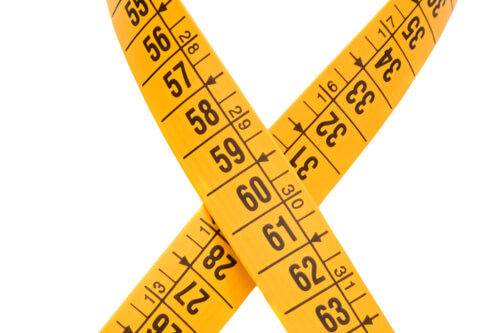With all of the types of height gages available, and with each of their matching applications, it might be hard to decide which one is the most appropriate for you. Which gage will meet your needs? The following will hopefully help you distinguish between not only the different types of height gages but the various purposes for which they were designed.
Common Types Of Height Gages And Their Applications

30
Sep




